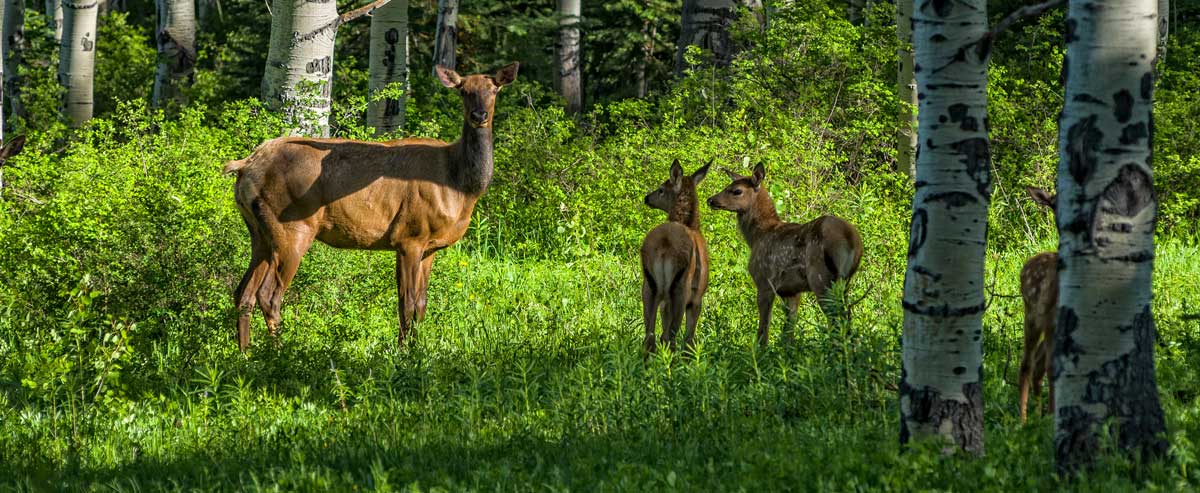The short answer is no, not without long periods of observation, says biologist and elk expert Valerius Geist. “If you’ve watched a lot (of elk), bull calves are slightly larger and more frisky.”
Since bulls don’t grow their first set of antlers until the following spring, they are tough to distinguish from cows through their first year. Come the fall rut, though, older bulls have no problem noting the difference. They will often run calf bulls off from the herd while vying for the attention of cows. Separated from the group, this makes for a dangerous time in the lives of young bulls, and they sometimes band together for protection.
“Young bull calves tend to be off by themselves or with spikes and other young bulls as they get to be about five or six months,” says Mike Thompson, wildlife manager at Montana Fish, Wildlife and Parks. So if you spot a calf with a group of young bulls, it’s highly likely that he is male as well. But that doesn’t mean that young calves hanging out in herds of cows are females. Plenty of bull calves, as well as spikes, choose to linger in the security of cow/calf herds.
The only two ways to tell the difference are to watch long enough for the calf to urinate or to wait until after New Year’s when a bump in hormones spurs bulls to sprout their first set of antlers. These are almost always spikes, though they occasionally branch to form small forkhorns. Most bulls grow brow tines as part of four- or five-point racks when they’re 2-½ years old. By the time they’re 3-1/2, the majority of bulls will carry six-point antlers. But they won’t fully mature and reach their maximum antler potential until they’re at least 6-1/2.
